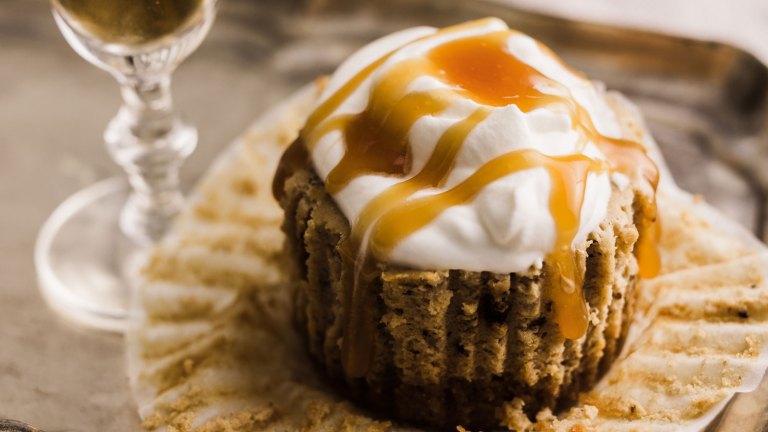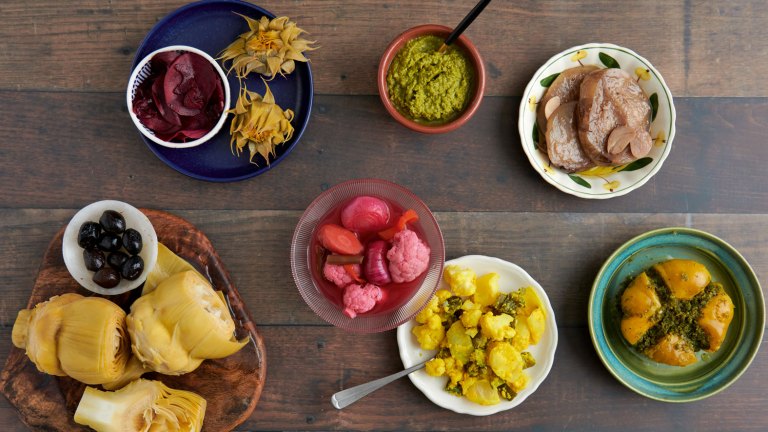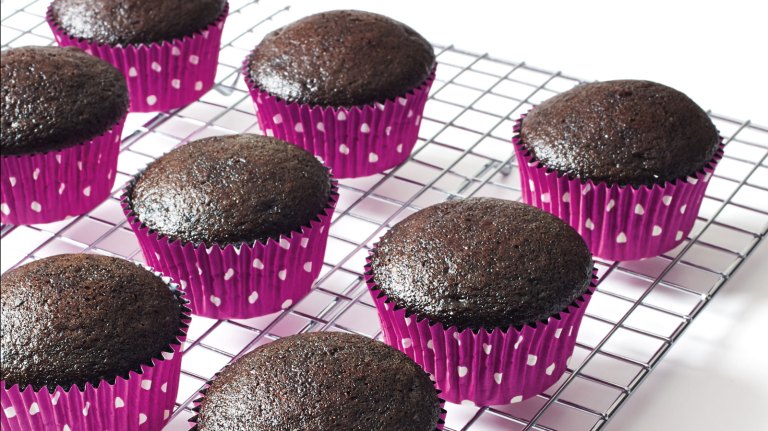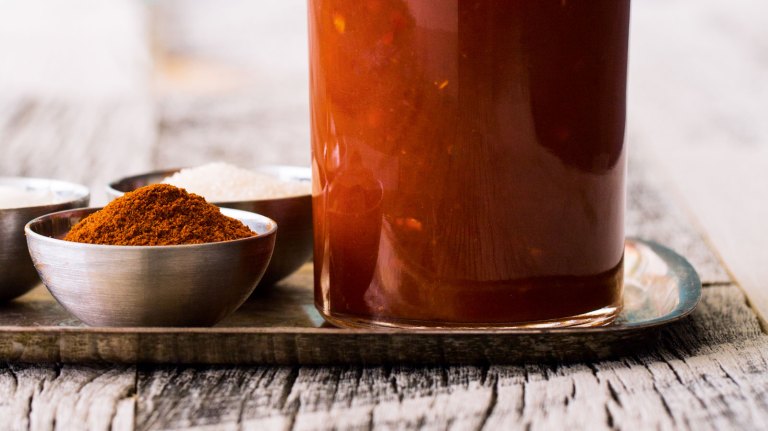Getting over SCOBY-phobia
Want to brew kombucha at home but can’t get past the strange-looking starter? Storey editor and DIY kombucha brewer Lisa Hiley says, “Don’t be afraid of mother!”
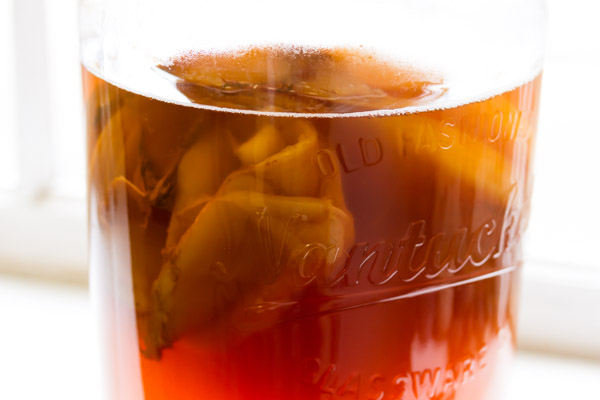
Thanks to the growing popularity of kombucha, the good-for-your-gut fermented tea, you can sip some from a store-bought bottle and never have to lay eyes on a SCOBY. But that gelatinous-looking blob floating in a batch of brewing ’booch is the live starter culture that makes this elixir possible — which means that if you’re considering making your own kombucha, you and a SCOBY (Symbiotic Culture of Bacteria and Yeast) will have to cross paths.
I was first introduced to kombucha a few years ago while editing Drink the Harvest. DeNeice Guest brought several jars of her fermenting tea — with SCOBYs afloat —to the photo shoot, where her co-author, Nan Chase, and I made fun of the peculiar blobs. “Don’t be mean to my mothers,” DeNeice said indignantly. A couple of years later, I was assigned to edit The Big Book of Kombucha and I’ve been brewing kombucha myself ever since. I’ve given starter cultures to the friends of mine who can stand to look at them, and recently, fellow editor Sarah Guare and I set up a continuous brew (CB) system for the office. This has inspired several colleagues to try their hand at making kombucha at home.
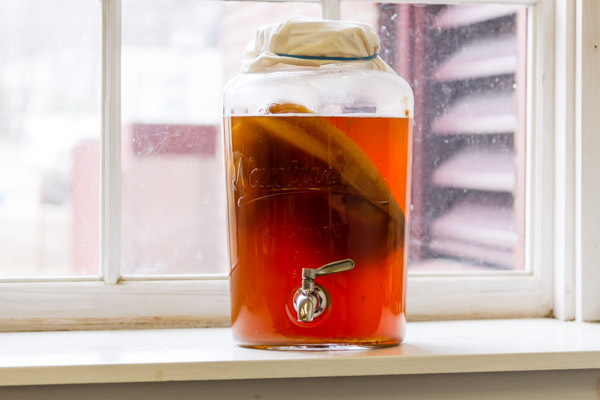
One such Kombucha Konvert — acquisitions editor and backyard homesteader Carleen Madigan — took a SCOBY home just a few weeks ago. Not only has she named her SCOBY, she’s already sent in her first report.
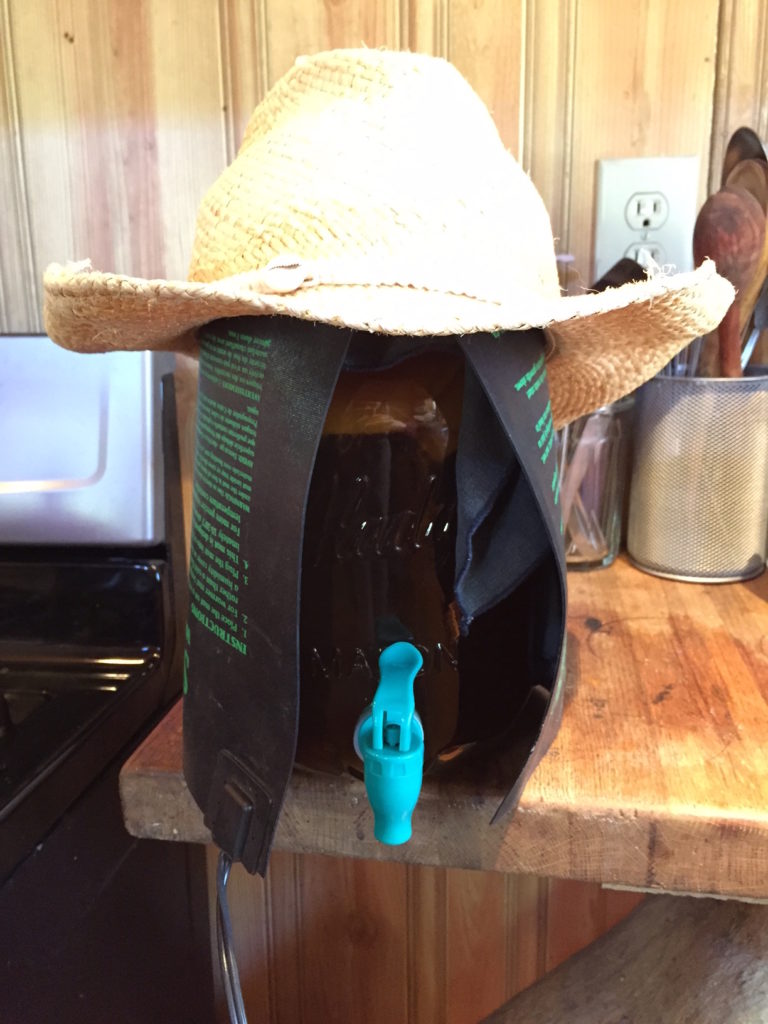
Others, though interested, can’t seem to get beyond their SCOBY-phobia — like our digital features editor, Emily Spiegelman. She recently asked me these fear-filled questions, and I figured anyone on the fence about brewing their own kombucha might benefit from the answers.
What does a SCOBY feel like, and how much do I have to handle it?
Appearance aside, I have to allow that “slimy” is not an appropriate adjective to describe the feel of a SCOBY, though “slippery” certainly is. You don’t have to handle it much, but you can’t avoid touching it entirely. With a CB system, you can just draw off what you need and add more sweet tea in a nearly endless cycle. Batch brewing, which is where most people start, does involve pulling the SCOBY out of the brewing vessel every couple of weeks and plopping it in a bowl while you decant your brew, before returning it to the vessel with more sweet tea to ferment.
What does it want from me?
Only a little love and understanding! That, plus a quiet, warm place to convert sweet tea into tangy kombucha. (The optimal temperature for brewing is 78–80°F [27–29°C]). I keep my 1-gallon jar in a corner of my kitchen; to counteract our cold New England winters, I wrap a small seed-starting mat around it.
How do I know when it needs to be separated and what on earth do I do with the babies?
Every time fresh sweet tea is added to either a new batch or an existing CB setup, the SCOBY gets busy creating a new layer to seal off the surface of the liquid and protect it from wild bacteria and yeast. Eventually, you wind up with a very thick SCOBY, which can throw off the balance of your brew. When you get to that point, all you need to do is peel apart the layers, keeping a section or two for the next batch.
The surplus SCOBYs can then go to new homes (until you run out of interested friends), into a SCOBY Hotel to await their turn, or onto the compost pile to complete the circle of life. Or, if you get really into Kombucha Kulture, you can stir fry your extra SCOBYs or dehydrate them into fruit leather or teriyaki jerky. You can even use them in a variety of cosmetic and first aid applications. There are lots of suggestions, recipes, and formulas for SCOBY use in The Big Book of Kombucha!
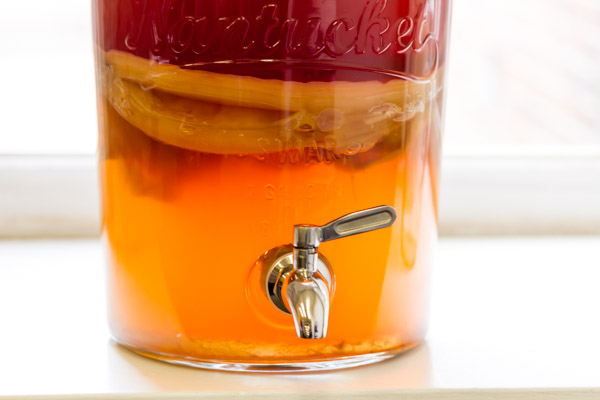
Of course even with this information, some people still can’t bear to look at, or even think about, a SCOBY — like the colleague of ours who regularly takes home a bottle of our office brew for her husband but who won’t set up her own system (she says her husband wouldn’t drink it if he knew what it came from). But I believe most people can be persuaded to go from “yuck” to “wow” upon closer acquaintance with these fascinating cultures.





